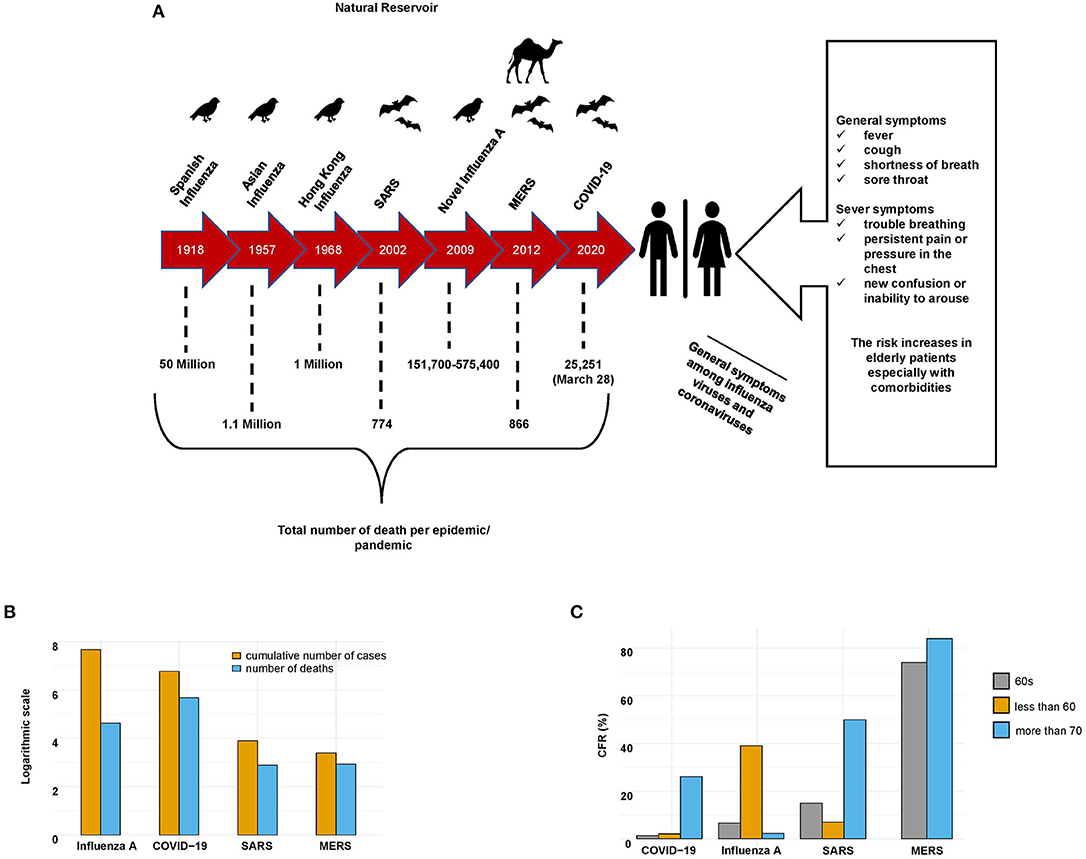


I can develop a probability model (which may not be uniform) by observing frequencies.  I can compare actual results to expected results. I can recognize that sample space is a list of all. I can perform the experiment and calculate actual. I can determine the expected (theoretical). I can establish a probability context/experiment. 1636 Although review of these models is beyond the scope of this chapter, common elements of these models are selecting a practice topic (e.g., discharge instructions for individuals with heart failure), critique and syntheses of evidence, implementation, evaluation. I can create a probability model based on possible Multiple models of EBP are available and have been used in a variety of clinical settings. Do the outcomes for the spinning penny appear to be equally likely based on the observed frequencies? Develop a probability model (which may not be uniform) by observing frequencies in data generated from a chance process.įor example, find the approximate probability that a spinning penny will land heads up or that a tossed paper cup will land open-end down. Compare probabilities from a model to observed frequencies if the agreement is not good, explain possible sources of the discrepancy.ĭevelop a uniform probability model by assigning equal probability to all outcomes, and use the model to determine probabilities of events.įor example, if a student is selected at random from a class, find the probability that Jane will be selected and the probability that a girl will be selected.ī.
I can compare actual results to expected results. I can recognize that sample space is a list of all. I can perform the experiment and calculate actual. I can determine the expected (theoretical). I can establish a probability context/experiment. 1636 Although review of these models is beyond the scope of this chapter, common elements of these models are selecting a practice topic (e.g., discharge instructions for individuals with heart failure), critique and syntheses of evidence, implementation, evaluation. I can create a probability model based on possible Multiple models of EBP are available and have been used in a variety of clinical settings. Do the outcomes for the spinning penny appear to be equally likely based on the observed frequencies? Develop a probability model (which may not be uniform) by observing frequencies in data generated from a chance process.įor example, find the approximate probability that a spinning penny will land heads up or that a tossed paper cup will land open-end down. Compare probabilities from a model to observed frequencies if the agreement is not good, explain possible sources of the discrepancy.ĭevelop a uniform probability model by assigning equal probability to all outcomes, and use the model to determine probabilities of events.įor example, if a student is selected at random from a class, find the probability that Jane will be selected and the probability that a girl will be selected.ī. CHAPTER 7 PROJECT 7A TOPIC BASED SIMULATION EXAM QUESTION 19 HOW TO
Examples, solutions, worksheets, videos, and lessons to help Grade 7 students learn how to develop a probability model and use it to find probabilities of events.










